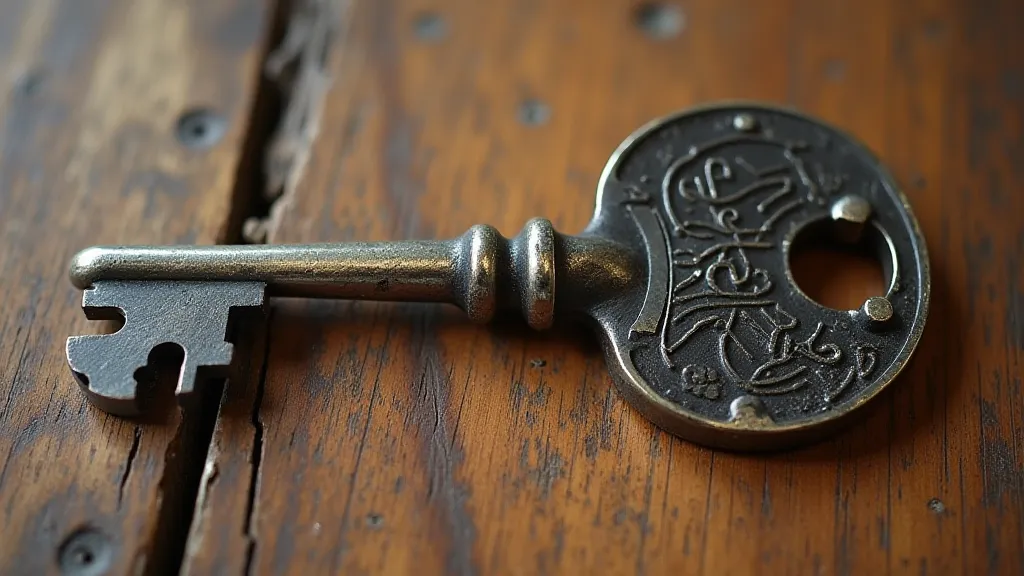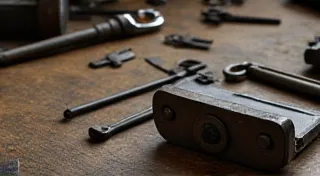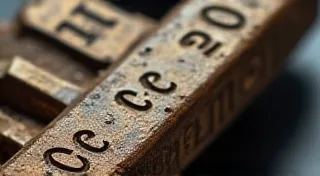Identifying Provincial Marks on Antique Keys
Antique keys are fascinating objects, telling silent stories of the doors and locks they once secured. While many collectors focus on key type and style, a deeper level of appreciation comes from recognizing and understanding provincial marks. These marks, often subtle and easily overlooked, provide valuable clues about the key's origin, its maker, and the specific region or workshop where it was crafted. This article explores how to identify these marks and offers a reference guide to commonly found provincial markings.
What are Provincial Marks?
Provincial marks, also known as maker’s marks or regional hallmarks, are small markings stamped or engraved onto antique keys. They typically indicate the location and often the name of the locksmith or workshop that produced the key. These marks can be initials, stylized symbols, or even full names. Before standardized national marking systems, regional and local marks were the primary identifiers of origin, especially in Europe. Understanding the history behind these markings can deepen your appreciation, and sometimes even lead you to explore the broader symbolism of keys throughout history and folklore.
Identifying these marks is essential for accurate key identification and can significantly impact a key's value. A key from a well-known regional workshop might be more desirable and valuable than a similar key without a mark or with a more generic maker's mark.
Why are Provincial Marks Important?
Understanding provincial marks contributes significantly to the history and context of antique key collecting. They connect us to the craftspeople of the past and provide insights into regional variations in key design and manufacturing techniques. Moreover, they’s crucial for:
- Authenticity Verification: Marks can help authenticate a key by confirming its origin aligns with its purported age and style.
- Provenance Research: Marks can be a starting point for researching the key's history and previous ownership.
- Valuation: Rare and desirable provincial marks can substantially increase a key’s value.
- Enhanced Appreciation: Recognizing and understanding these marks adds a new dimension to key collecting.
- Preservation Considerations: Properly caring for antique keys, especially those with delicate markings, is vital. See our guide on caring for your antique key collection for detailed preservation tips.
How to Identify Provincial Marks
Identifying provincial marks requires patience, a good eye, and a little bit of detective work. Here's a step-by-step approach:
- Magnification: Use a magnifying glass or jeweler’s loupe. These marks are often tiny and difficult to see with the naked eye.
- Lighting: Angle the key under bright light. This can highlight subtle markings that are otherwise hidden.
- Location: Marks are most commonly found on the bow (the decorative head of the key) or the shoulder (the area just below the bit). Less frequently, they appear on the bit itself.
- Research: Once you’ve identified a potential mark, consult reference books, online databases, and antique key forums. See "Reference Guide to Common Provincial Marks" below.
- Compare: Compare the mark to known examples. Variations in style or size can indicate different workshops or time periods.
- Understanding Key Varieties: Recognizing provincial marks often requires understanding the different common key blanks used throughout history, as different workshops favored certain designs.
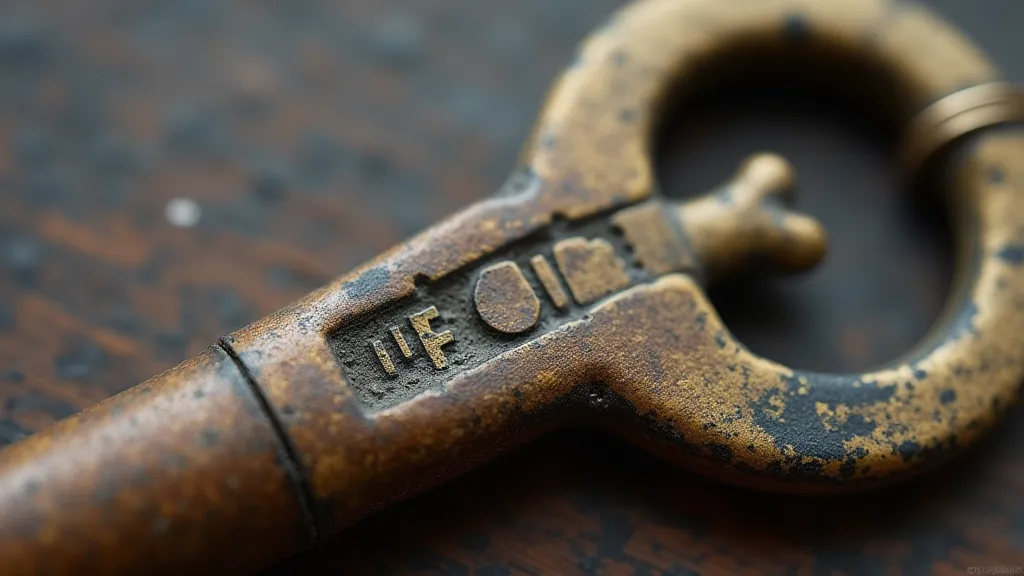
Reference Guide to Common Provincial Marks
This is not an exhaustive list, as thousands of marks exist. However, it highlights some commonly encountered provincial markings. Remember that variations and slight alterations were common.
- Birmingham (England): Often a crowned anchor. Denotes keys manufactured in the Birmingham locksmithing district.
- London (England): A rose mark, often with variations in the detail.
- Solingen (Germany): The Solingen mark is represented by a stag or a crowned stag, signifying quality steel production.
- Paris (France): Difficult to identify with consistent marks, locksmiths often used their initials or simple logos.
- Vienna (Austria): Initials "W" or "VW" were sometimes used, especially for higher quality keys.
- Bruges (Belgium): Look for marks containing "Brugge" or stylized floral patterns.
- Nuremberg (Germany): Often includes the city's coat of arms or abbreviated forms of the name.
- Leipzig (Germany): Marks here are frequently found utilizing a stylized 'L' for Leipzig.
- Amsterdam (Netherlands): Can feature a windmill, a ship, or the city's emblem.
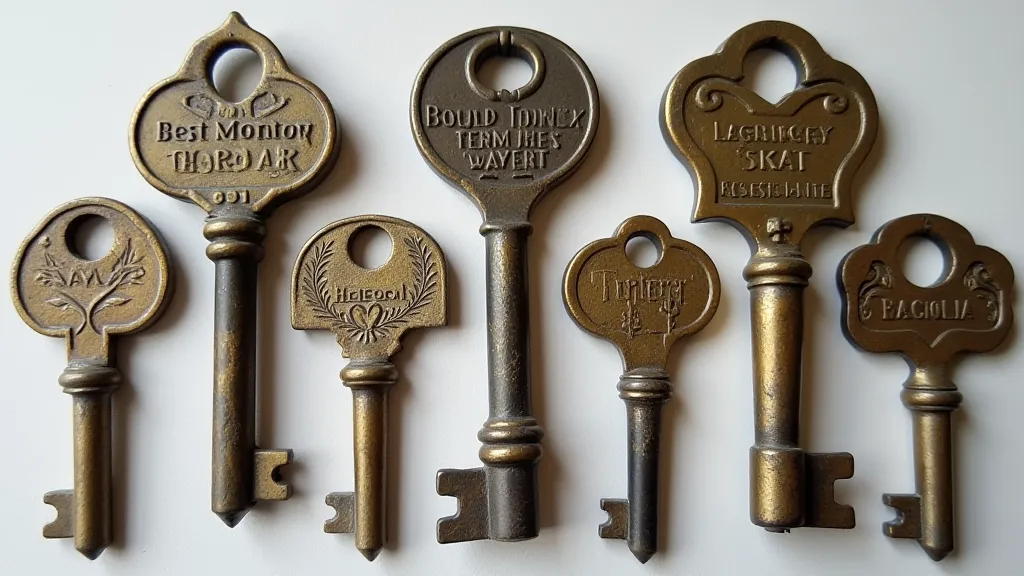
Challenges in Identification
Identifying provincial marks can be tricky. Several factors can complicate the process:
- Wear and Tear: Over time, marks can become worn, making them difficult to decipher.
- Variations: Even within the same region, workshops often used variations in their marks.
- Counterfeit Marks: While rare, some unscrupulous individuals have applied fake marks to increase a key’s value.
- Shared Marks: Sometimes, marks were used by multiple workshops in different locations.
- Material Degradation: The metal itself can corrode or degrade, obscuring the delicate craftsmanship and markings.
- Incomplete Records: Limited historical documentation can make it challenging to positively identify less common marks.
Beyond Simple Identification: The Resonance of History
For some collectors, the pursuit of antique keys transcends mere acquisition; it becomes a deeply personal journey into the past. The subtle variations in provincial marks, the echoes of forgotten workshops, and the silent stories held within these objects can evoke profound emotions. The feeling of connection to a craftsman who lived centuries ago, whose skill and artistry produced the very key you hold, is a unique and compelling experience. There's a certain mystique to connecting with a piece of history in such a tangible way. Some even describe a sympathetic resonance when a key seems to echo a soul—a feeling of profound connection to the past.
Conclusion
Discovering and understanding provincial marks is a rewarding aspect of antique key collecting. It connects you to the history and craftsmanship of the past and adds a deeper layer of appreciation for these fascinating objects. By employing careful observation, research, and a little bit of patience, you can unlock the secrets hidden within the marks on your keys.
